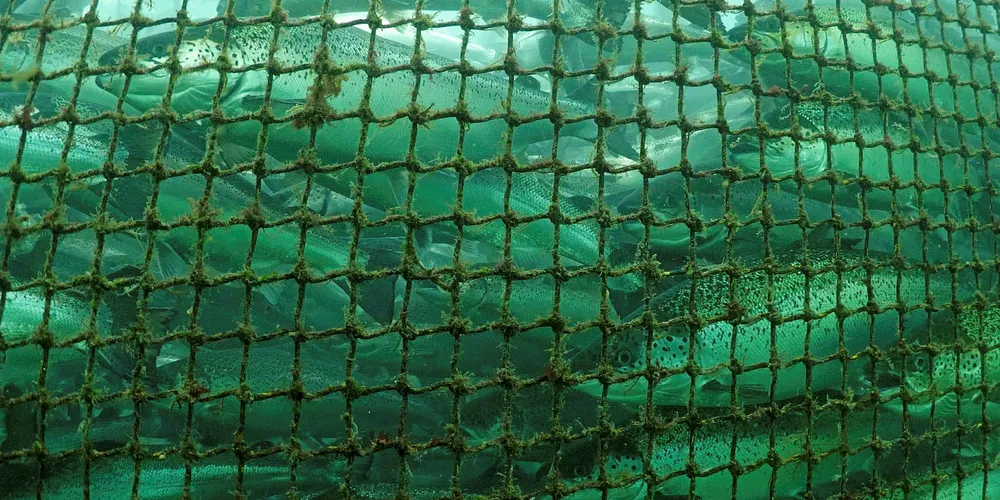BC Salmon Farmers Association picks apart ‘inaccurate’ sea lice study
Inadvertently the report – which is intended to shame -- actually indicates sea lice levels on salmon farms were well-managed, says the association.

Inadvertently the report – which is intended to shame -- actually indicates sea lice levels on salmon farms were well-managed, says the association.
